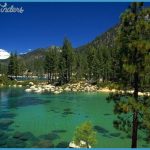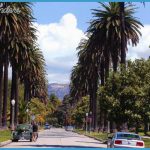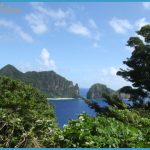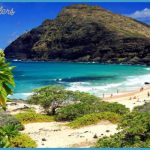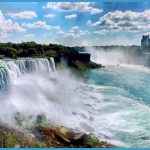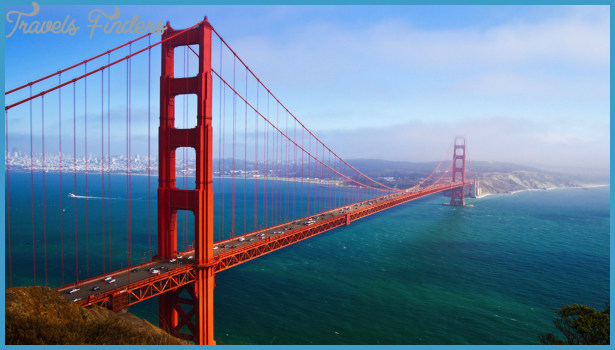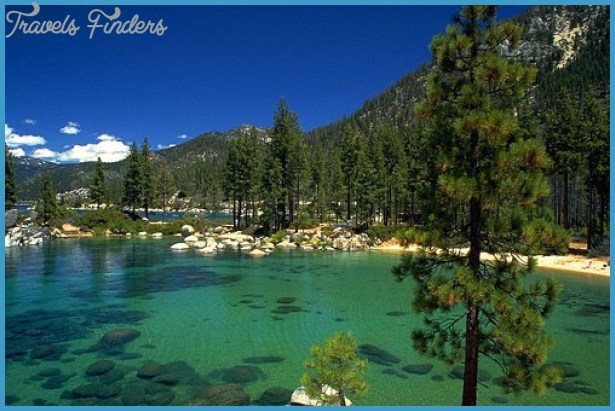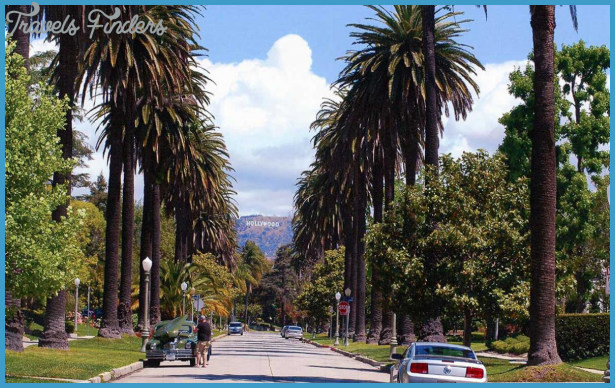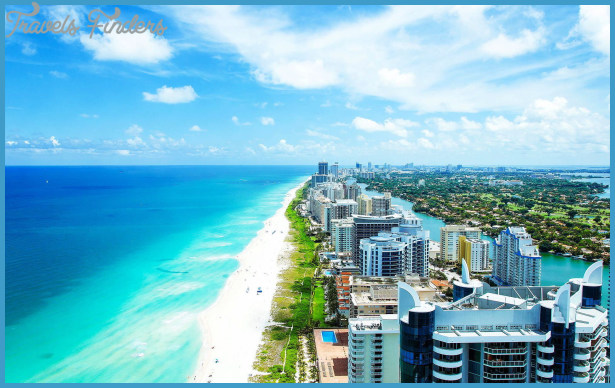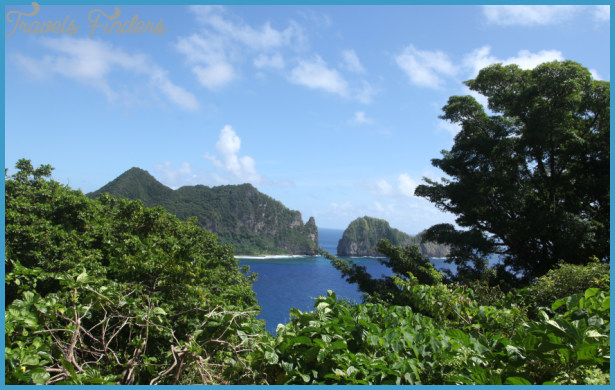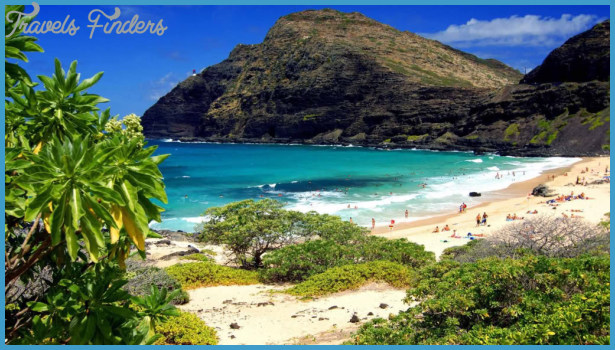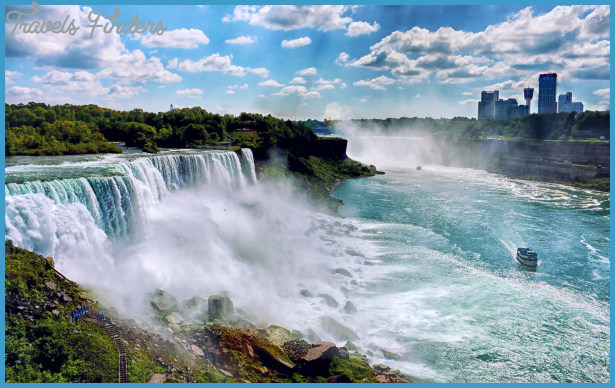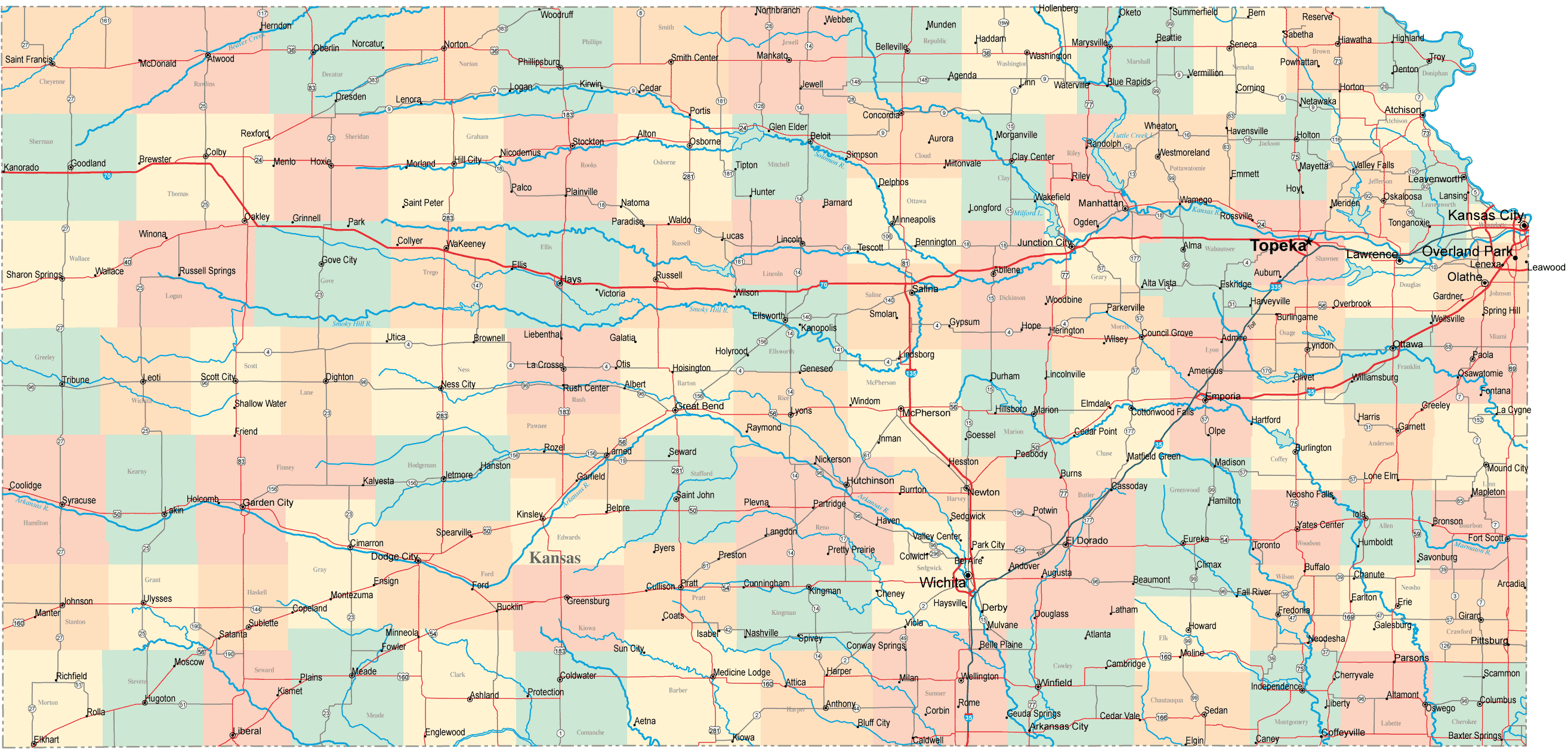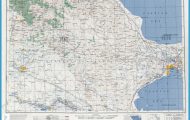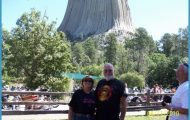Bean and Bear lakes
TETTEGOUCHE STATE PARK
6.4 M
DIFFICULT STRENUOUS
LENGTH 6.4 miles
TIME 4:00
DIFFICULTY Difficult-Strenuous
ROUTE-FINDING Moderate
MAPS & PERMITS DNR Tettegouche State Park map. McKenzie Map 104 (Beaver Bay/Tettegouche). USGS quad: Silver Bay. No permit is required.
GETTING THERE Turn left off U.S. Highway 61 onto Outer Road in Silver Bay. Continue on Outer Road; it eventually becomes Penn Boulevard which you want to stay on. Parking lot for Superior Hiking Trail is on the right just past where the trail crosses Penn Boulevard.
TRAILHEAD GPS 47317′ 31.6 N 91° 17′ 56.8″ W
While there are many dramatic views from overlooks in Northeastern Country, the views on this hike have to be among the best. Standing on top of an exposed ridge, a sheer cliff plummets 300 feet to the shores of Bean and Bear lakes. These Twin Lakes are confined to a narrow, steep-walled valley among the Sawtooth Mountains. Adding to the drama each fall, the abundant maples, oaks, aspens, and birches growing along the ridges, paint the landscape with their vibrant yellows, reds, and oranges. In an unrestrained eruption of color, the deciduous trees end the growing season in a flourish before winter catches the land in the tight grip of its icy fist.
Bean and Bear lakes lie end-to-end in a narrow valley that runs northeast-southwest. The steep walls form an almost complete barrier on all sides. Bear Lake fits snugly into the northeastern tip of the valley. A small stream flows to nearby Bean Lake which is about 40 feet lower and at the southwestern end of the valley. A small opening permits a stream from Bean Lake to sneak out of the valley and into a nearby wetland.
Facing northwest, the ridge overlooking the lakes stands about 1,480 feet above sea level at its highest point. This puts it about 250 feet above Bear Lake and almost 300 feet above Bean Lake. According to John Green, geologist and author of Geology on Display, the precipice consists of a diabase dike. Diabase is an ingenious rock resistant to erosion. In geological terms, dikes form when molten material is injected into a vertical crack in preexisting rock. While the surrounding basalt, a softer form of igneous rock, has eroded over time, the diabase wall endures making it an excellent vantage point for spectacular views.
The route to Bean and Bear lakes is on the Superior Hiking Trail which continues beyond Bear Lake to Round Mountain and Mount Trudy. From the trailhead on Penn Boulevard, the Superior Hiking Trail climbs moderately at first and then more steeply through an immature mixed-forest of aspens, birches, spruces, and firs. Farther on, maples and oaks dominate the forest with the maples growing in wetter soils and the oaks on drier ground.
The 2.7 mile circuit in the middle of this hike is made possible by two spurs of the Twin Lakes Trail. Near the far end of Bear Lake, the first spur heads south descending from the ridge into a small valley where the trail is softer, a pleasant change from the hard and rocky Superior Hiking Trail. Six-tenths of a mile from the Superior Hiking Trail, the route turns right on the second spur of the Twin Lakes Trail and intersects the Superior Hiking Trail in 0.4 miles. From here it’s 1.8 miles back to the trailhead.


